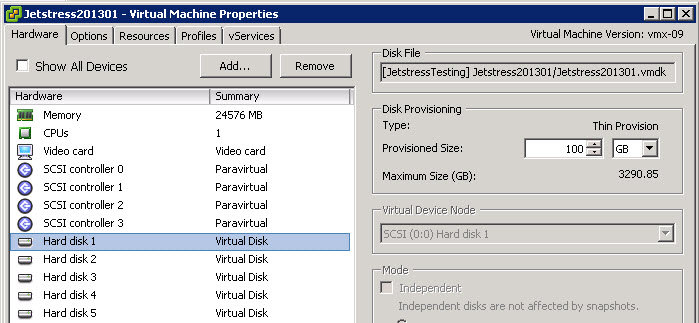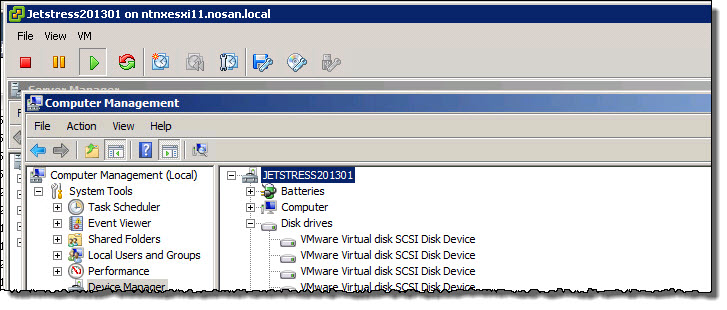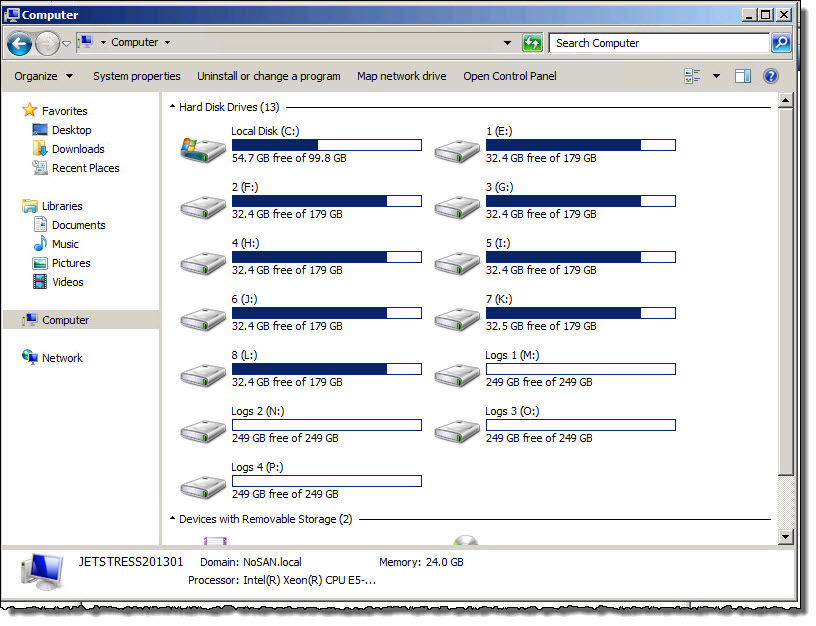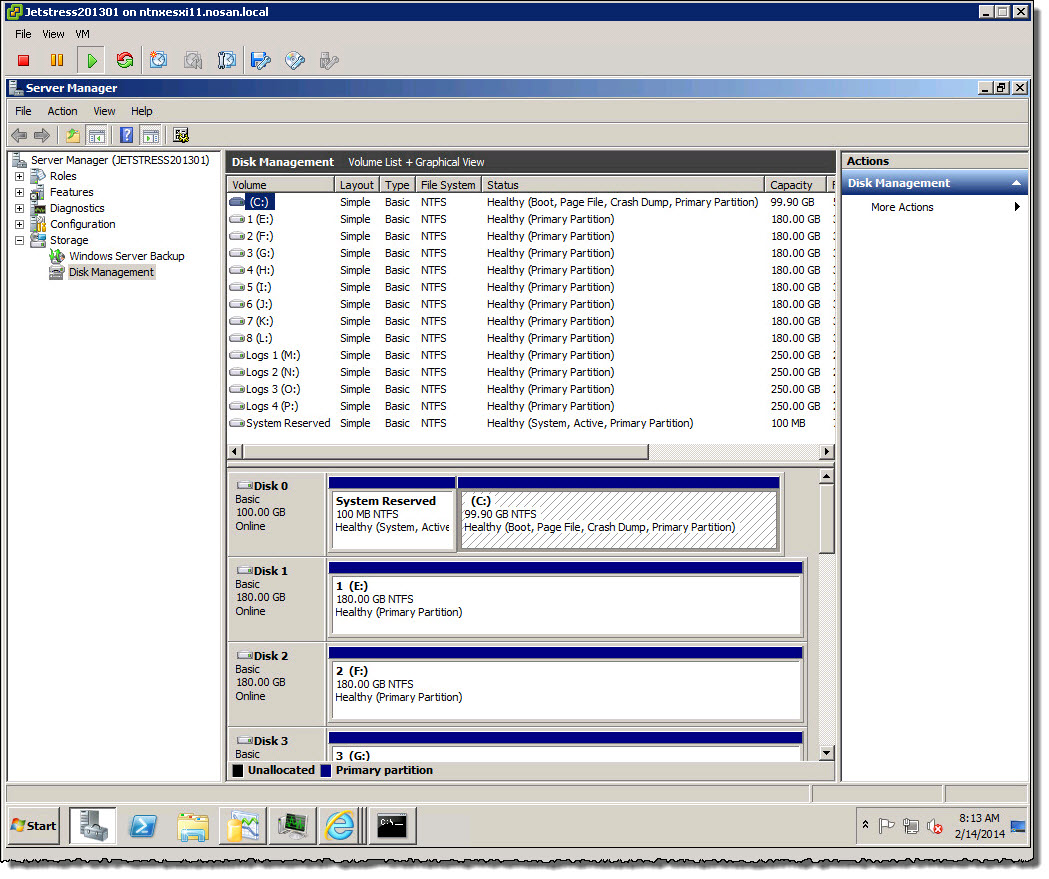Following on from Part 1 – Preparing for the Design Defence & Part 2 – Preparing for the Design Scenario, Part 3 covers my tips for the final stage of the VCDX defence, the Troubleshooting Scenario.
After completing the 75min Design defence and the 30min Design Scenario, if your still standing and haven’t retreated at full speed, your final challenge is the 15min Troubleshooting Scenario.
As mentioned in the previous Parts of this series, I am not a official panellist and I do not know how the scoring works. The below is my advice based on conducting mock panels, the success rate of candidates I have conducted mock panels with and my successfully achieving VCDX on the 1st attempt.
If you have read Part 2, then you should notice several similarities in both the common mistakes and tips below.
Common Mistakes
1. Trying to guess the solution to the issue
Taking pot shot guesses at what the problem/s might be does not prove your expertise. If you don’t methodically work through the issue and just keep making guesses, your not doing yourself or the people trying to assess your expertise any good.
2. Not documenting the troubleshooting steps you have completed
Assuming you have not made Mistake #1, and you are methodically working through the troubleshooting scenario, a common mistake I see is a candidate getting confused about what they have or have not investigated.
When candidates repeat the same troubleshooting steps because they have lost track, it does nothing but waste time and does not increase your chance of passing.
15 mins goes by in a flash, you cannot afford to waste time!
3. Going down a rabbit hole
Same as in the design scenario, I have observed many candidates who are clearly very knowledgeable, who have spent the majority of the time troubleshooting one specific area of the environment. eg: Just the vSphere layer
Doing this may demonstrate your expertise in one area really well, but this does not help getting as many potential issues eliminated in the scenario as possible within the time constraint.
4. Being Mute!
Again, same as in the design scenario, I have seen candidates who stand starring at the troubleshooting scenario and the whiteboard for mins at a time.
Tips for the Troubleshooting Scenario
1. Do not try to guess the solution to the issue
If you happen to guess the solution (assuming there is one.. hint hint) what expertise have you demonstrated to the panel for them to score you on? The answer is “bugger all” (This is Australian for “none”).
Talk the panel through your troubleshooting methodology, for example, you might choose to go through OSI models layers, or you may choose to start with, Networking, then move onto Storage, then application, then vSphere etc.
The goal of this section of the defence is to demonstrate your troubleshooting skills, so make sure you explain what your trying to eliminate. eg: If a VM has lost connectivity you may ask the panel to perform a vMotion of VM1 from host A to host B. You could explain to the panel that if the ping begins to work following the vMotion, you plan to investigate the networking of Host A. If the ping does not start working, you will continue to investigate for a larger networking issue, such as a VLAN specific problem.
2. Documenting your troubleshooting steps & findings
Ensure you methodically address each of the key areas of a vSphere solution by writing on the whiteboard headings like the following:
a) Storage/SAN/Protocol
b) Networking/Firewall
c) Compute HW
d) Application/Guest OS
e) vSphere
Ensure you eliminate several (i’d suggest >=3) potential issues in each section, so you are covering off the entire environment and record what you have done & the result of the troubleshooting step.
Keep in mind, you only have 15 mins, so 1 item per min is required if you are to cover all areas off thoroughly.
3. Don’t go down a rabbit hole!
Same as in the design scenario, I have observed many candidates who are clearly very knowledgeable, who have spent the majority of the time troubleshooting one specific area of a vSphere environment. eg: Storage
Doing this may demonstrate your expertise in one area really well, but this does not help getting as many potential issues eliminated in the scenario as possible within the time constraint.
Once you have looked into 3 potential issues in storage, move onto Networking, or vSphere etc.
Do not spend more than 60-90 seconds on any one troubleshooting step as this is preventing you demonstrating broad expertise which is the purpose of VCDX.
4. Think out Loud!
Again, same as in the design scenario, I have seen candidates who stand starring at the troubleshooting scenario and the whiteboard totally silent for mins at a time.
Talk the panel through your thought process and expected outcomes for troubleshooting actions.
I cannot give you advise, if I don’t know what your thinking! Same with the panellists, they can’t score you if you don’t verbalize your thought process.
No matter what, keep thinking out loud, if your working through options in your mind, that’s what the panel want’s to hear, so let them hear it!
Summary
I hope the above tips help you prepare for the VCDX design scenario and best of luck with your VCDX journey. For those who are interested, you can read about My VCDX Journey.
If you have any questions on the VCDX process or the advise given in this series please leave your comments and I will compile a list of questions and do a Q&A post.






